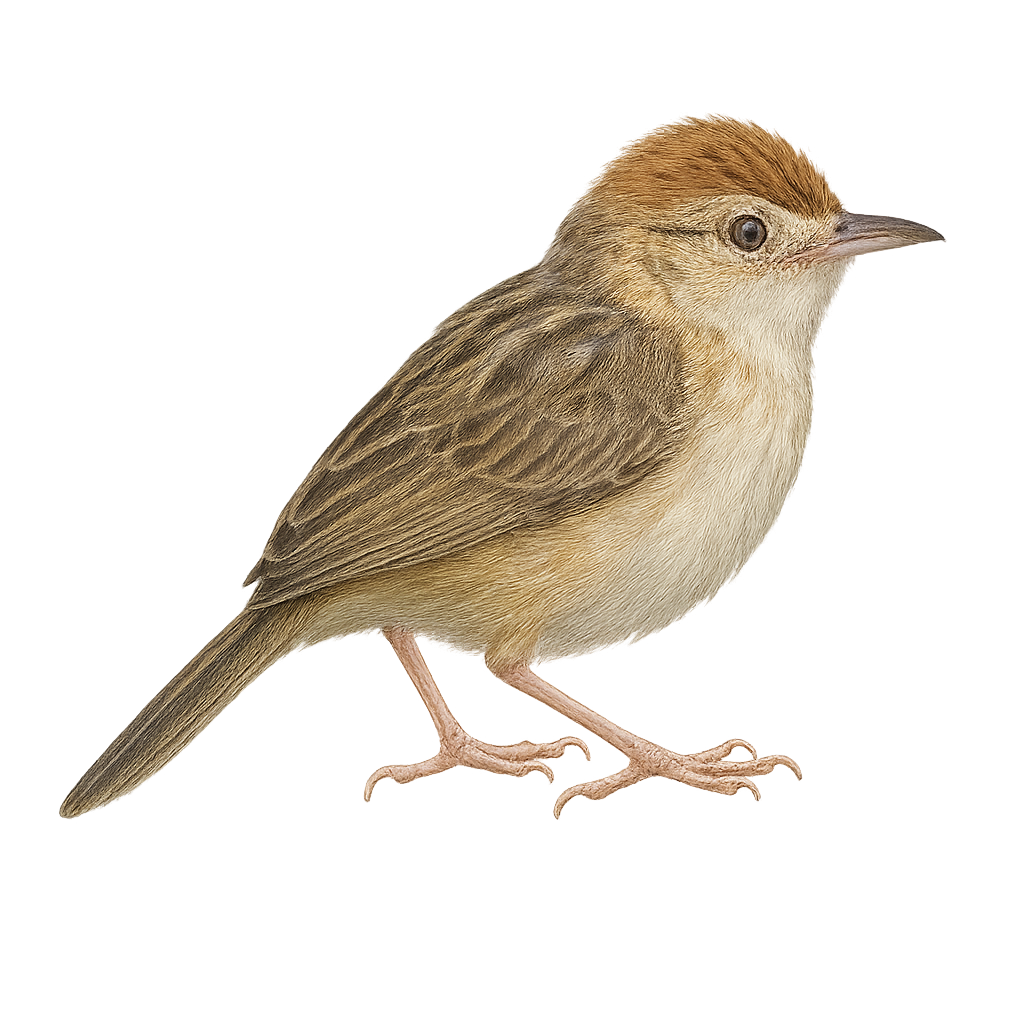Your wildlife photography guide.
Explore the rufous-crowned cisticola in detail, study its behavior, prepare your shots.
Where to observe and photograph the rufous-crowned cisticola in the wild
Learn where and when to spot the rufous-crowned cisticola in the wild, how to identify the species based on distinctive features, and what natural environments it inhabits. The WildlifePhotographer app offers tailored photography tips that reflect the rufous-crowned cisticola’s behavior, helping you capture better wildlife images. Explore the full species profile for key information including description, habitat, active periods, and approach techniques.
Rufous-crowned Cisticola
Scientific name: Cisticola ruficeps

IUCN Status: Least Concern
Family: CISTICOLIDAE
Group: Birds
Sensitivity to human approach: Suspicious
Minimum approach distance: 10 m
Courtship display: June to July
Incubation: 11-13 jours
Hatchings: June to August
Habitat:
open grasslands, savannas, shrublands
Activity period :
Primarily active during the day, with peak activity in the morning and late afternoon.
Identification and description:
The Rufous-crowned Cisticola is a small passerine bird belonging to the Cisticolidae family. It is recognizable by its distinctive rufous head and brownish plumage, which allows it to blend into its natural habitat. This bird is primarily found in open grasslands, savannas, and shrublands of sub-Saharan Africa. It is known for its melodious and repetitive song, often heard during the breeding season. The Rufous-crowned Cisticola is an active and agile bird, spending most of its time foraging for food, mainly consisting of insects and small invertebrates. Although relatively common within its range, it can be difficult to spot due to its small size and discreet behavior.
Recommended lens:
400 mm – adjust based on distance, desired framing (portrait or habitat), and approach conditions.
Photography tips:
To photograph the Rufous-crowned Cisticola, it is advisable to use a 400mm lens or longer to capture detailed images without disturbing the bird. Look for open areas where these birds are active, especially early in the morning or late in the afternoon. Be patient and discreet, as these birds can be suspicious. Use a tripod to stabilize your camera and wait for the bird to perch on a branch or blade of grass. Take advantage of natural light to highlight the subtle colors of its plumage.
The WildlifePhotographer App is coming soon!
Be the first to explore the best nature spots, track rutting seasons, log your observations, and observe more wildlife.
Already 1 431 wildlife lovers subscribed worldwide

